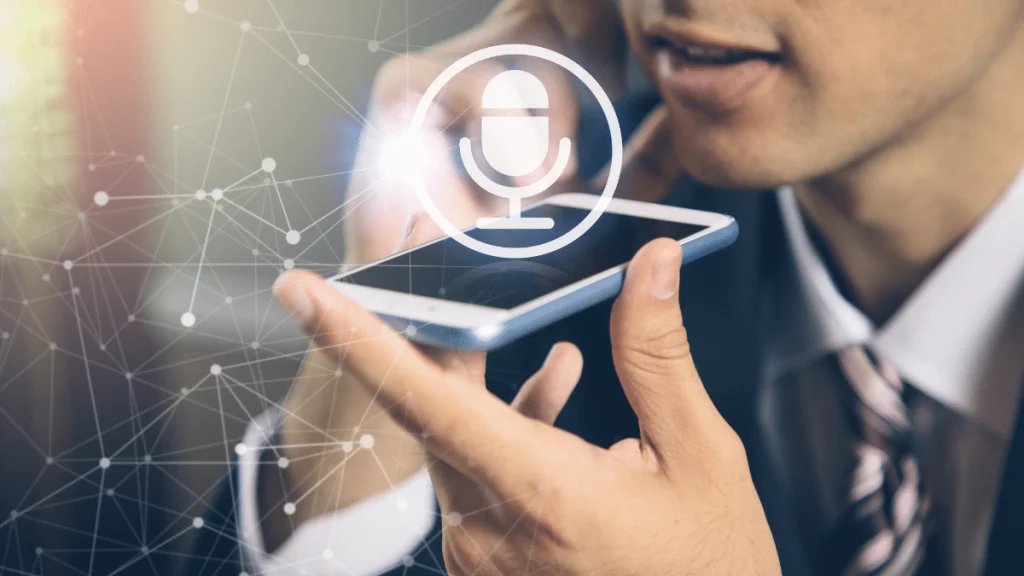Speech to text and its impact on healthcare.
Hospitals are the 4th largest industry in the United States based on revenue. Lowering operational and administrative costs is crucial in such a large industry. Healthcare facilities, no matter how large or small, look towards solutions that cut down on operational and administrative costs.
Two of the biggest bottlenecks of healthcare – documentation and transcription – are made more efficient with speech recognition. This has had an immense impact on how healthcare facilities operate and on the overall efficiency of these facilities.
What did healthcare providers use before speech to text?
Before speech to text, there was another industry-shifting technology: the electronic health record (EHR). Rather than using pen and paper to document information for each patient visit, providers could use their computers. With new EHR solutions came new administrative responsibilities for healthcare providers, and a bit of a learning curve to boot.
Many providers still find it difficult to navigate the EHR, and clicking through checkboxes and entering information for each patient becomes a time-consuming chore. To make matters worse, it can be easy to fall behind in documenting each patient visit throughout the day, leading to extra hours at the end of each day for providers.
Before speech recognition, and even now, healthcare facilities have employed transcriptionists to ease the burden of documentation for their providers. Transcriptionists help build the clinical narrative for a patient visit by transcribing dictations made by healthcare providers. This reduces the amount of time a provider spends documenting for each patient, but it also involves hiring or outsourcing enough transcriptionists for the facility.
How has speech recognition changed healthcare?
With speech to text software, healthcare providers are able to dictate without needing a transcriptionist. This means recognized text can be inserted directly into the EHR without a second party. Even difficult medical terminology can easily be recognized by speech recognition. Navigating the EHR becomes much quicker with voice-activated shortcuts, which some medical speech recognition solutions offer. These quality-of-life improvements not only make each day easier for healthcare providers, they help to optimize documentation. Healthcare facilities can save hours per day per physician through speech recognition – allowing for increased patient volume and revenue.
Speech recognition accuracy and recognition rates continue to improve. Google, Microsoft, and IBM – all major players in the automatic speech recognition space – have claimed word error rates less than 6%. Speech recognition rates can now reach as high as 150 words per minute, which is much faster than most can type. Every improvement made to speech recognition accuracy and recognition rate can result in even further time savings for the healthcare industry.
How can speech to text in healthcare be improved?
Although speech to text permanently changed how healthcare facilities operate, it is a growing technology that often still needs human review. Even among the largest speech to text vendors, there is room to improve accuracy.
Reducing the time it takes to return recognized text can be just as important as recognition accuracy. Providers must be able to quickly determine if their dictation was recognized properly – and be able to check for any mistakes while dictating. Without this, documentation falls in the middle ground, where speech recognition is utilized, but mistakes remain in the documentation; this is when transcription would still be a better option.
Another issue, which is being remedied by improved AI, is that context is not always recognized in speech. For example, “colon” might be recognized as the punctuation mark rather than the organ, or vice versa. These errors, although small, cause providers to go back into the recognized text and make fixes, which takes up their time. As speech recognition continues to improve through AI, these errors will become less frequent.
What other industries have benefitted from speech recognition?
Healthcare is not the only industry that has been heavily impacted by speech recognition. Speech recognition has also changed the playing field for those in law enforcement & legal professions, as well as in writing and education. Law enforcement and legal professionals need to document their work, much like healthcare professionals, and speech recognition works similarly for these individuals. Educational videos can be transcribed by speech recognition for accessibility and writing can be made more accessible and often quicker when using your voice rather than typing. Most work that involves typing or entering information can be made more efficient with speech recognition, especially when considering voice-enabled shortcuts.
What’s next for speech to text in healthcare?
AI continues to improve for healthcare – and its roots run deep. Most areas of healthcare are in some way or another connected to artificial intelligence. With advancements in artificial intelligence and natural language processing, speech recognition will also become more accurate, both by lowering word error rates and recognition rates. Although not all healthcare facilities have adopted speech to text, expect wider adoption rates as speech recognition technology continues to improve.





